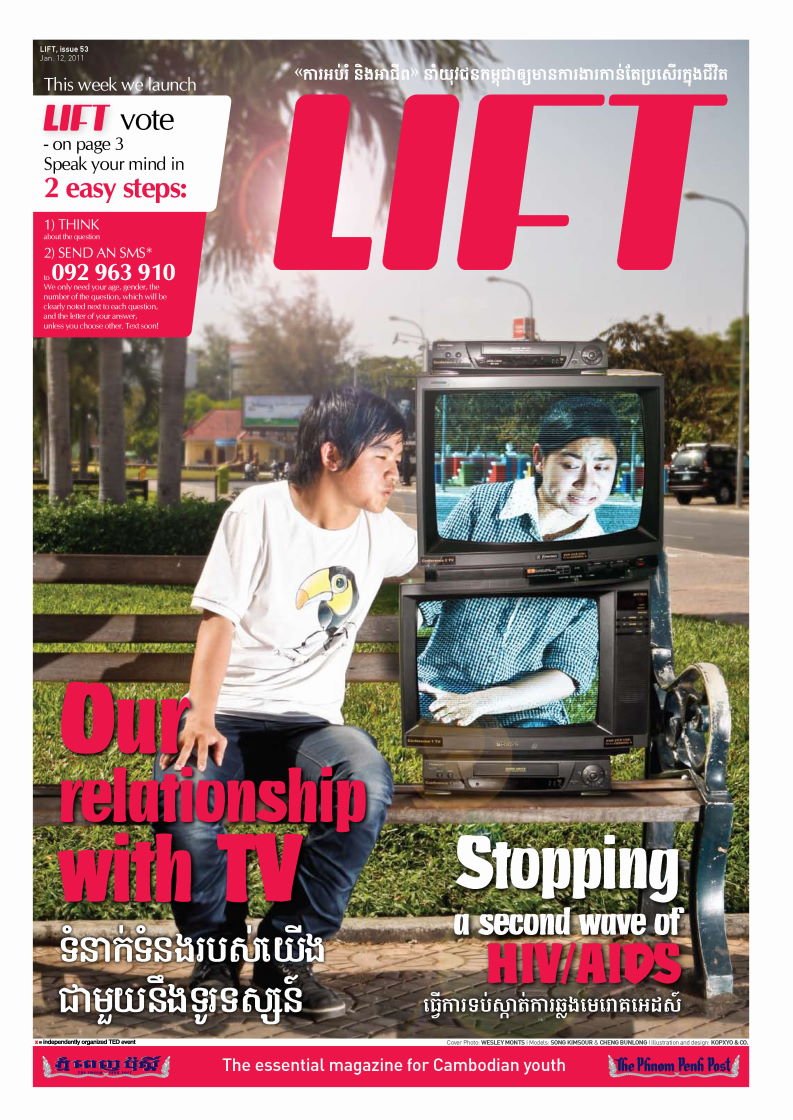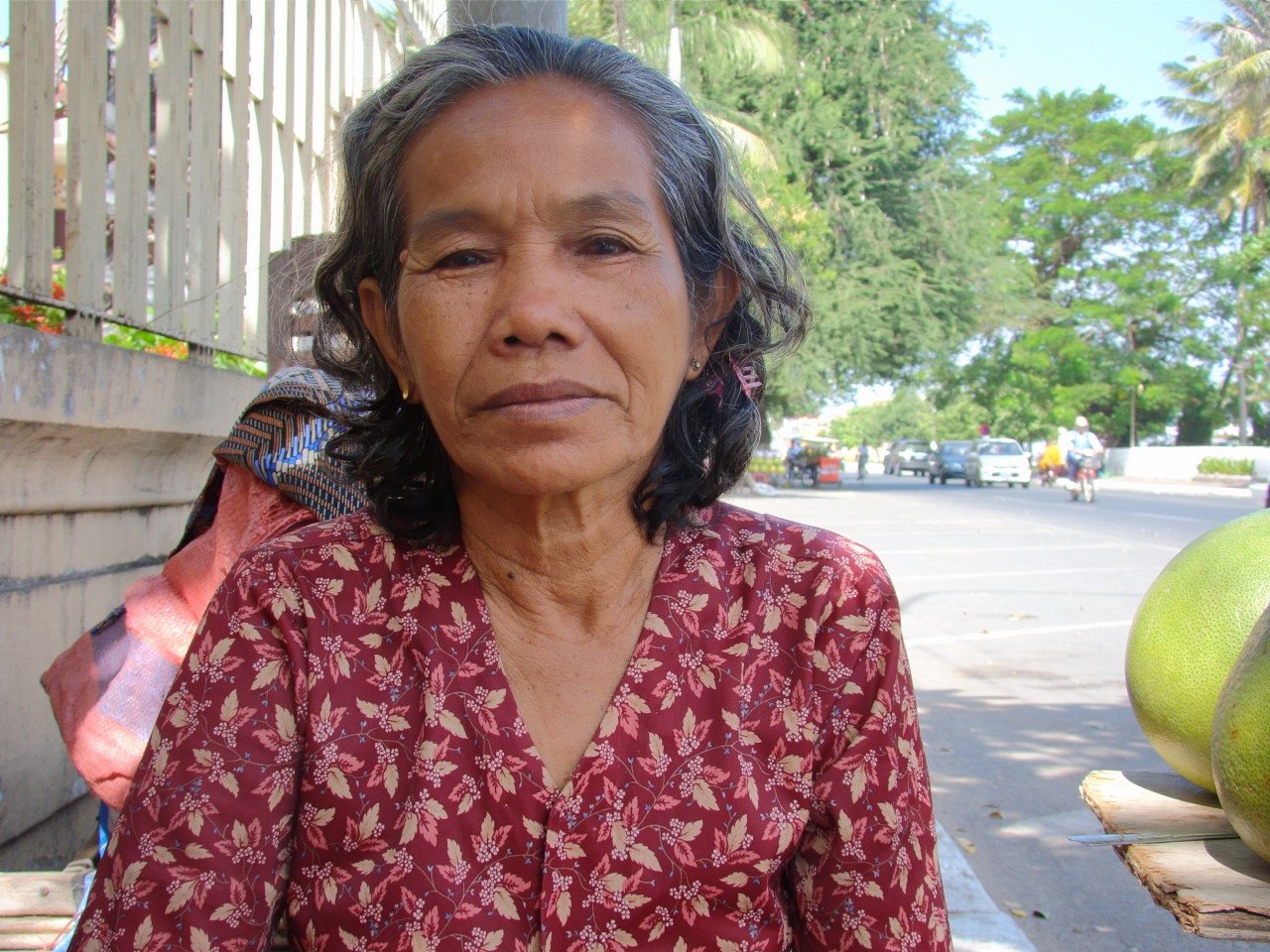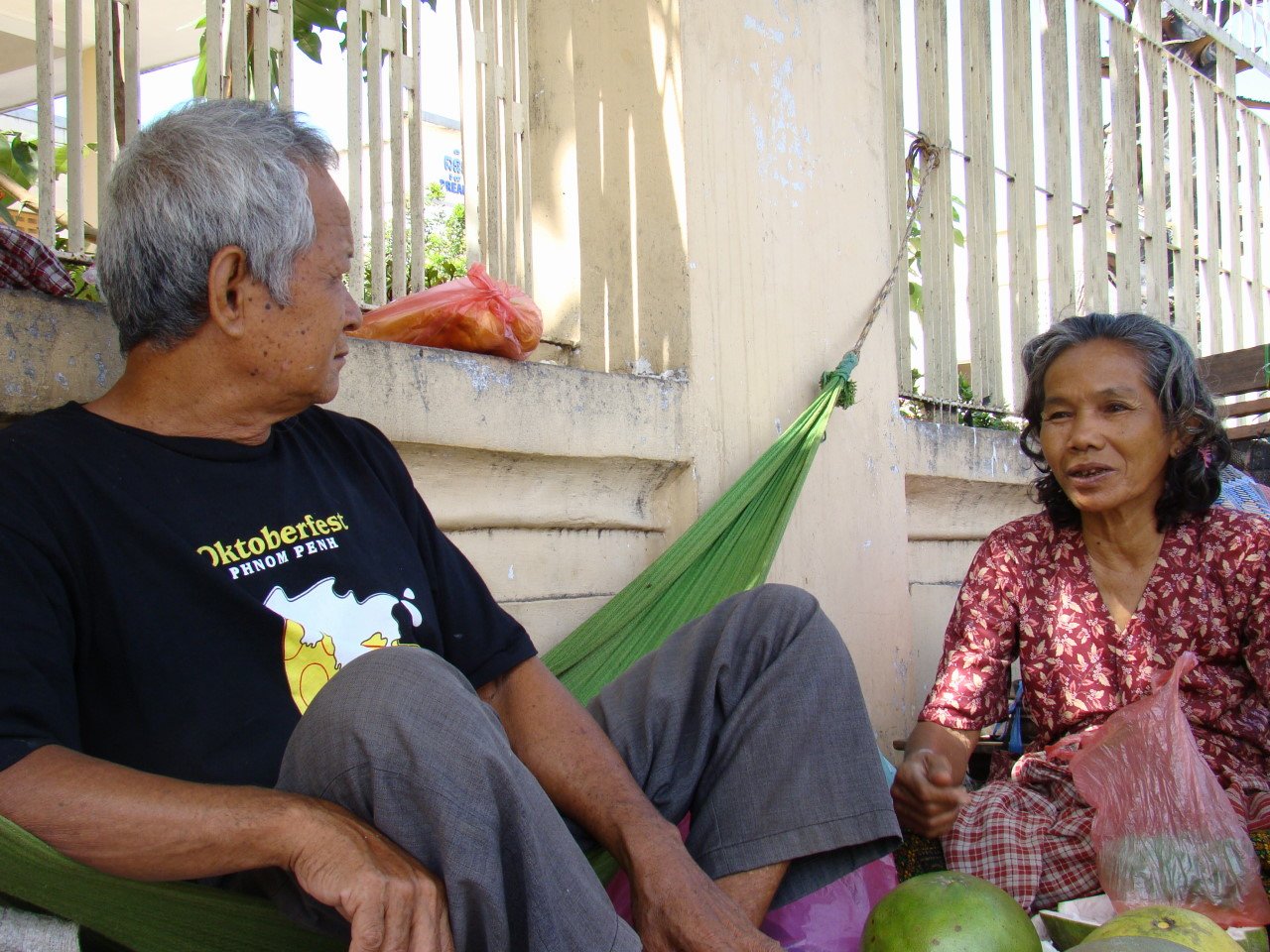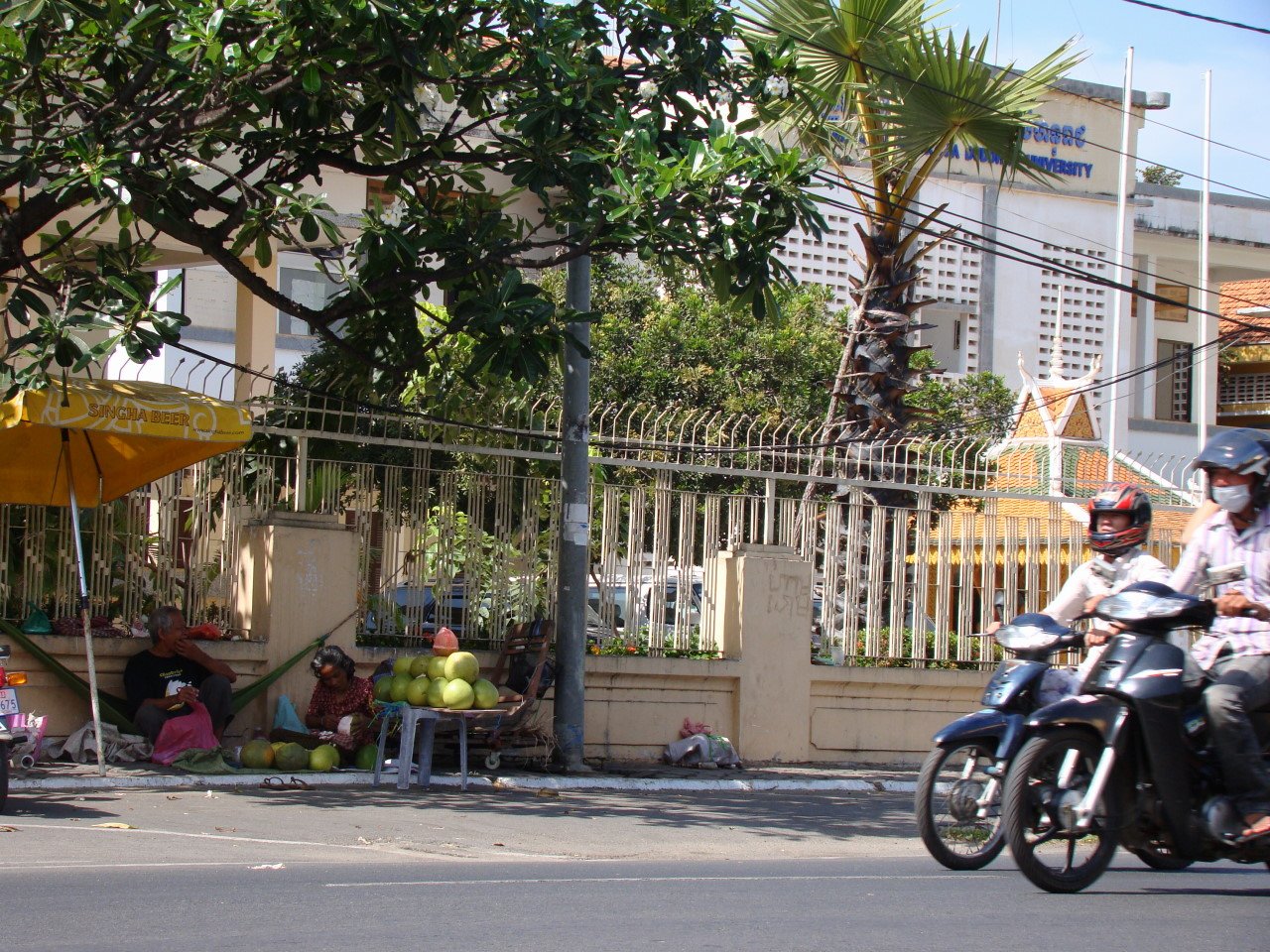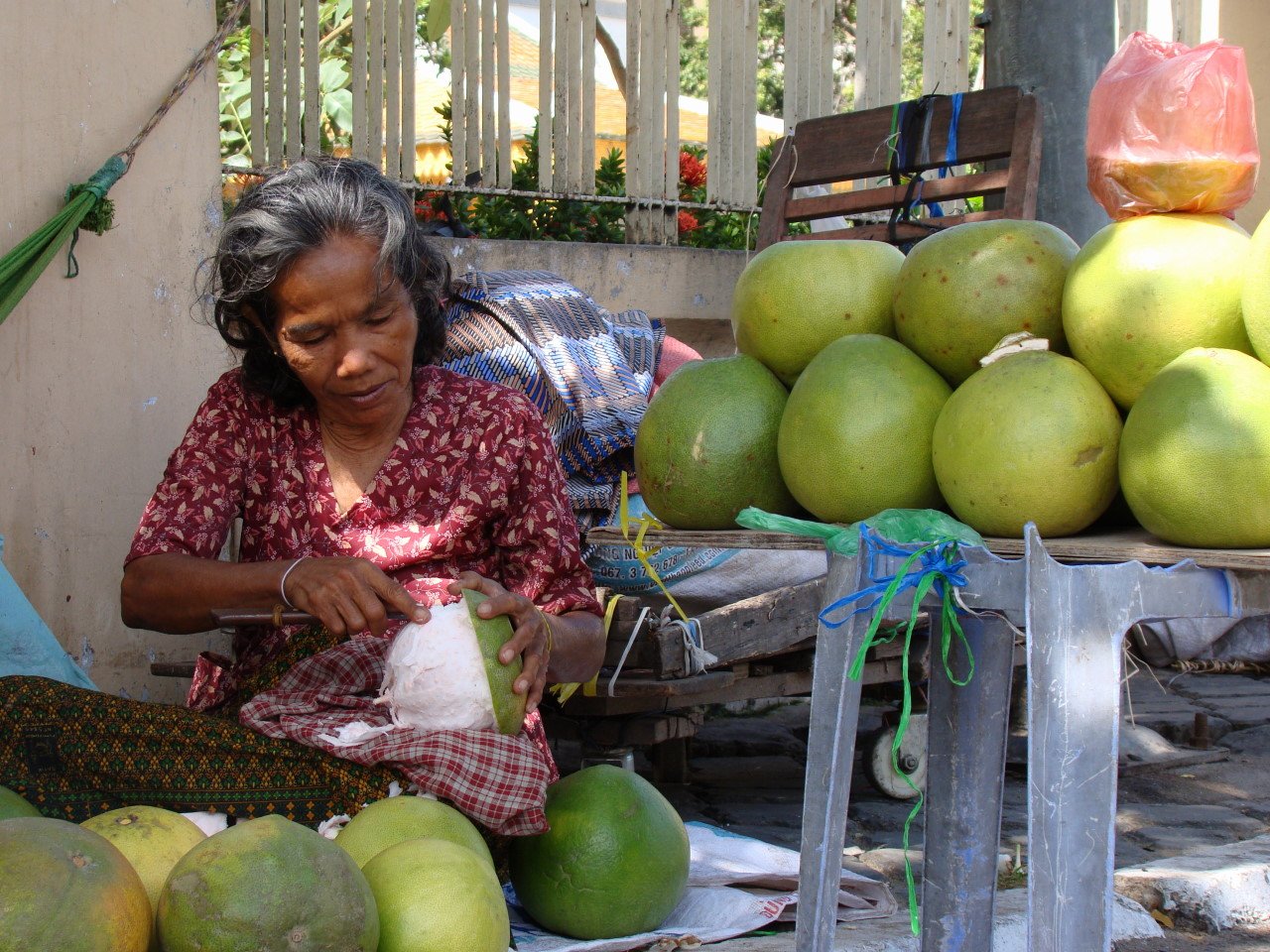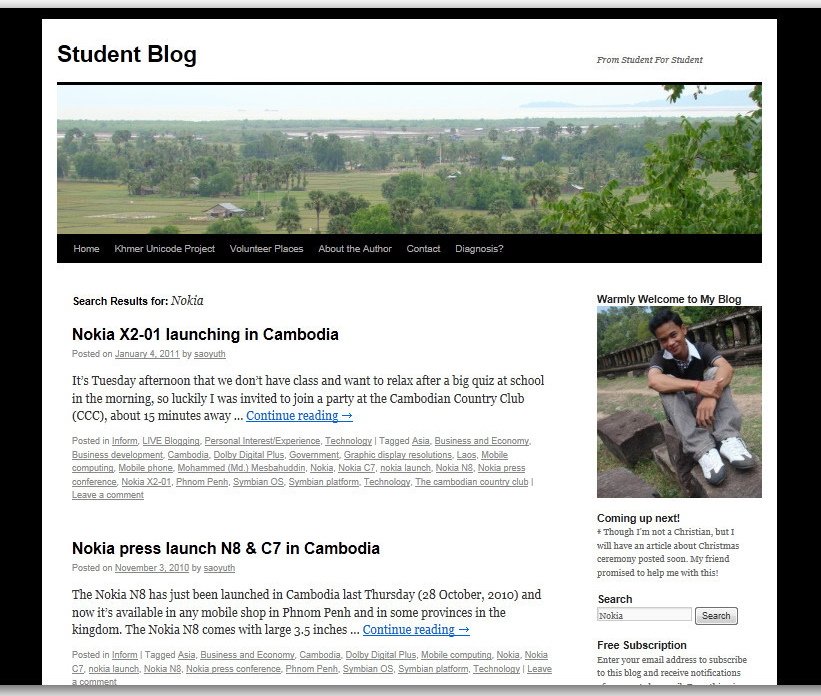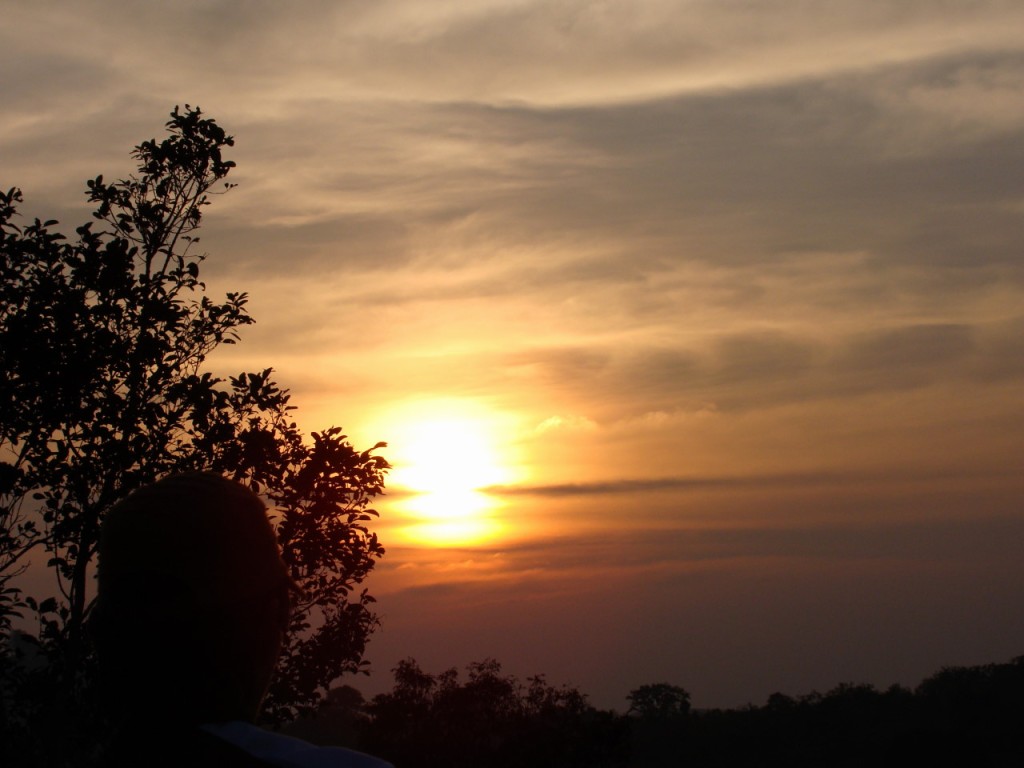Dear Student Blog visitors!
I’ve recently receive an e-mail from one of Student Blog fans, Emma Taylor, informing me of her new post: “10 Famous Films You Didn’t Know Were Allegories”.
Since she gave me permission to publish her post, I hope some of you might be interesting in it. Cheers,
Just a short Note: For some of you that have written something either it was already published or not yet publish, please feel free to send them to me and I would be happy to post for you into Student Blog.
January 11th, 2011
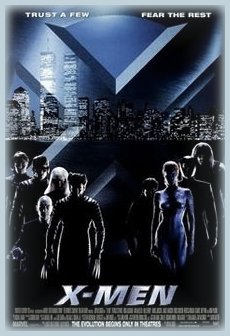 Most avid film professionals,students and aficionados probably already know that many of the following selections are allegorical in nature. They probably already know that plenty more exist than just these as well. This article isn’t for them. It’s for people who enjoy the cinematic arts, but prefer to enjoy them as fun, escapist fantasies they don’t have to obsessively dissect. As with all fictitious narratives, no matter the medium, movies can shed light on cultural and universal truths through the use of allegory. Some of the finest — and, interestingly enough, most popular — works tell stories on multiple levels, enhancing the viewer’s pleasure and giving plenty of incentive to watch them over and over again with an increasingly sharper eye.
Most avid film professionals,students and aficionados probably already know that many of the following selections are allegorical in nature. They probably already know that plenty more exist than just these as well. This article isn’t for them. It’s for people who enjoy the cinematic arts, but prefer to enjoy them as fun, escapist fantasies they don’t have to obsessively dissect. As with all fictitious narratives, no matter the medium, movies can shed light on cultural and universal truths through the use of allegory. Some of the finest — and, interestingly enough, most popular — works tell stories on multiple levels, enhancing the viewer’s pleasure and giving plenty of incentive to watch them over and over again with an increasingly sharper eye.
- Metropolis (1927) Directed by Fritz Lang: Considered one of legendary German Expressionist filmmaker Friz Lang’s finest works, Metropoliscontributed much, much more to the cinematic arts than one of the most famous gynoids of all time. Film scholars and aficionados both enjoy delving into the movie’s bleak take on class and class relations, and while not explicitly Communist (or even sympathetic to the cause) it still contains a few narrative elements easily interpreted as such. David Edelstein at Slate notes that the acclaimed director also channeled his fears of mob rule into the story. Fear of technological innovation and architecture’s ability to both bolster and squelch human potential factor heavily into the exceptionally influential, celebrated film as well, providing even more layers to an already thought-provoking work.
- The Wizard of Oz (1939) Directed by Victor Fleming: Anyone who didn’t know that the beloved musical adaptation of L. Frank Baum’s beloved children’s classic is a satirical allegory for the Gilded Age keeps pretty good company — neither he nor director Victor Fleming knew, either! Yetacademics frequently hold up both works as parables of populism in the Gilded Age all the same. The theory actually stems from the essay The Wizard of Oz: A Parable on Populism by educator Henry M. Littlefield, written in 1964. He undoubtedly finds plenty of convincing parallels, which easily explains its eventual memetic state, but almost no evidence exists to suggest that such a highly detailed allegory was either Baum’s or Fleming’s intent. Regardless, though, Littlefield’s musings offer up an intriguing lens through which people can view the film, one that doubles as a neat little lesson in American history.
- Gojira (1954) Directed by Ishiro Honda: The horrors that resulted from the nuclear bombings on Hiroshima and Nagasaki in 1945 eventually inspired an entire science-fiction subgenre. Known as kaiju (“strange beast”), these films center around the now-iconic depictions of monolithic monsters raging through cities in an orgy of apocalyptic devastation. Ishiro Honda wrote and directed one of the first and undeniably the most influential of these films asa direct response to the atomic assaults almost a decade earlier, though his original intent has been lost thanks to the subsequent onslaught of parodies and imitators.
- The Seventh Seal (1957) Directed by Ingmar Bergman: Set in Sweden during the Black Plague, Ingmar Bergman’s magnum opus concerns a knight who renounces his faith in any sort of deity after becoming cynical from frequent exposure to war, pestilence and ignorance. As he sits and plays that famous game of chess with Death itself with his ultimate fate a dangling question, the heavily allegorical narrative unfolds. Bergman meant for the film to explore mankind’s relationship with religion, pondering whether or not any sort of god or gods exist to distribute rewards and punishment. It sounds like a simple premise, but such content automatically comes prepackaged with subjectivities and shades of gray. The director himself grew up in a fiery fundamentalist home, but his later artistic sensibilities often clashed with such an upbringing — adding yet another intriguing (and personal) layer to an already philosophical classic.
- Blade Runner (1982) Directed by Ridley Scott: Even though it took more than a few liberties with Philip K. Dick’s original 1968 novel Do Androids Dream of Electric Sheep?, the Ridley Scott interpretation of the narrative still sparks plenty of provocative questions regarding the relationship between technology and humanity. Androids known as Replicants appear no different from humans on the outside, in terms of either aesthetics of mannerisms, and laws want to shut them down completely. But their uncanny ability to feel and express emotion bring pause to one blade runner tasked with turning them in to the government, providing viewers with an interesting allegory on self-discovery and defining humanity once the lines between inorganic and organic become indistinguishable. Actor Rutger Hauer, who played Replicant leader Roy Batty, also makes a compelling case for a religious interpretationon his blog.
- The Wall (1982) Directed by Alan Parker: Pink Floyd’s Roger Waters penned the music and screenplay for the legendary prog-rock album and film after his frustration with fame and over-zealous fans resulted in a complete emotional retreat. “The Wall” in question serves to completely separate him from friends, family, collaborators and audiences and prevent further disillusionment. In the brutal, intense movie, central figure Pink realizes the blind fanaticism with which the world follows him grants fascist, dictatorial power — easily abused, manipulated and exploited — and illustrates the extreme dangers of unquestioning adoration. These days, Waters also thinks the struggles depicted in The Wall can easily represent other major isolating rifts, particularly between nations and religions.
- Fight Club (1999) Directed by David Fincher: Jim Emerson with Chicago Sun-Times sums up many popular reactions to the controversial 1999 movie better than anyone when he quips, “…to say ‘Fight Club’ is about fist-fighting is like saying ‘Taxi Driver’ is about cab driving.” Beyond the explicit violence and sex lay an immensely dark comedy laden with metaphors regarding everything from consumerism to contemporary perceptions of masculinity to the conformity of nonconformity. These days, Fight Club has finally received the recognition it deserves as an intelligent, ironic dissection of American society’s values, beliefs and actions. Project Mayhem, the domestic terrorist organization that rampages through the last half of the film, claims their anarchic actions are meant to shock the populace out of their closed-minded complacency. But the more they push their limits, the more they resemble those they ostensibly condemn.
- The Matrix Trilogy (1999-2003) Directed by Andy and Lana Wachowski:One of the most enjoyable elements of this blockbuster film trilogy is watching it with friends and debating what it all means. Everyone will probably come to different conclusions, most of them viable enough interpretations. Some may make comparisons to Plato’s “Allegory of the Cave,” while others see protagonist Neo as a Messianic figure. Considering the prevalence of both ancient narratives in “Western” literature, film and art, it makes perfect sense that the Wachowskis would merge them with cyberpunk aesthetics and philosophies for one of cinema’s most triumphant, influential science-fiction series.
- X-Men (2000) Directed by Bryan Singer: Iconic supervillain Magneto’s tragic adolescence as a Holocaust victim perfectly underscores the intent of the entire X-Men franchise. Comic book creators Stan Lee and Jack Kirby launched the young team in 1963 as a rumination on marginalization and the anxieties of growing up. “Mutants” have, over the years, served as allegories for minorities, LGBTQIA, teenagers and anyone else feeling out of synch with the prevailing cultural hegemony. This sentiment carries over into the first movie, which involves Magneto’s misguided plot to turn baseline humans into mutants for the sake of equality. It argues that acceptance shouldn’t be forced through violent or extreme means, but fighting fairly and civilly.
- District 9 (2009) Directed by Neill Blomkamp: To be fair, much to-do has already been made over Neill Blomkamp’s effective, evocative use of allegory in the phenomenal District 9. However, many audiences unfamiliar with South African history may not have caught the Apartheid metaphor the first time around. Science-fiction lends itself nicely to commenting on soundly real issues, and this lauded film uses aliens as a stand-in for the minorities forced into ghettos during European rule. A bureaucrat tasked with moving the “prawns” to a new area slowly begins seeing the perspective of those marginalized for no logical reason, culminating in an intriguing, ambiguous end.
You can see the original post by CLICKING HERE
